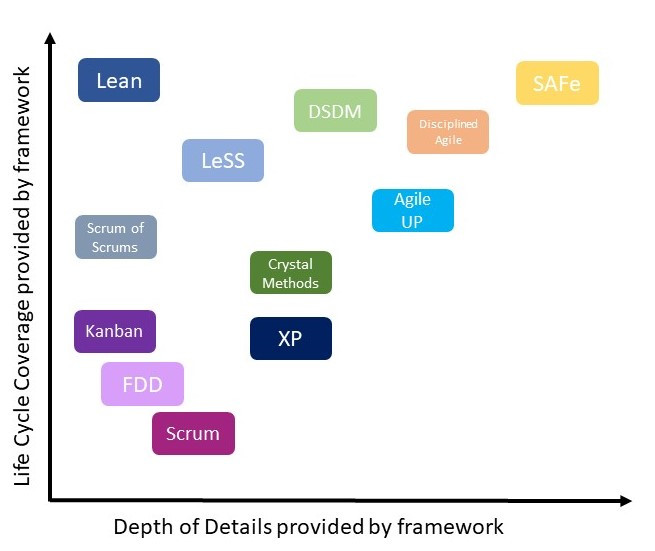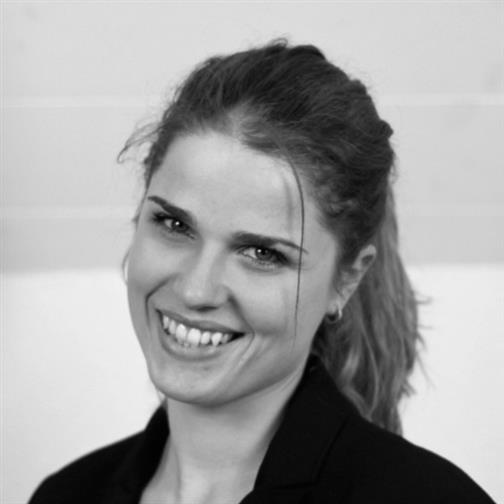The basis of most agile approaches are the Scrum framework, the Kanban method, and elements of the eXtreme Programming (XP) method.
Elements commonly used from the Scrum framework are the product backlog, the product owner, the scrum master, the cross-functional development team, the sprint planning, the daily scrum, the sprint review, the sprint backlog, and the sprint retrospective session.
Kanban methods include visualizing the flow of work, making impediments easily visible, and allowing flow to be managed by adjusting work in process limits. This method starts with the current state. Then the team agrees to pursue incremental, evolutionary change by respecting the current process, roles, responsibilities, and titles. Acts of leadership are encouraged at all levels. The work in progress is limited, the flow managed, and process policies are made explicit. Feedback loops are implemented and collaboratively improved.
XP-inspired engineering practices such as use of story cards, continuous integration, refactoring automated testing, and test-driven development further increase the effectiveness of the agile team. On an organizational level the primal focus is on sitting together as a whole team to share information. Secondary, the real customer gets involved and the pace is kept sustainable. On a technical level the most important is pair programming, test-first programming and incremental design. Shared code and collective ownership, documentation from code and tests, and refactoring come in the second place. The planning is done with user stories in weekly and quarterly cycles. It starts with the root cause analysis in small teams. Contracts have negotiated scopes and use pay per use. Daily standups are important elements for the planning. The integration is continuous and test-driven. The deployment is incremental and daily.
There are several more agile approaches such as Lean, Large Scale Scrum (LeSS), Dynamic Systems Development Method (DSDM), Disciplined Agile, Scaled Agile Framework (SAFe), Scrum of Scrums, Feature Driven Development (FDD), or Crystal Methods.

